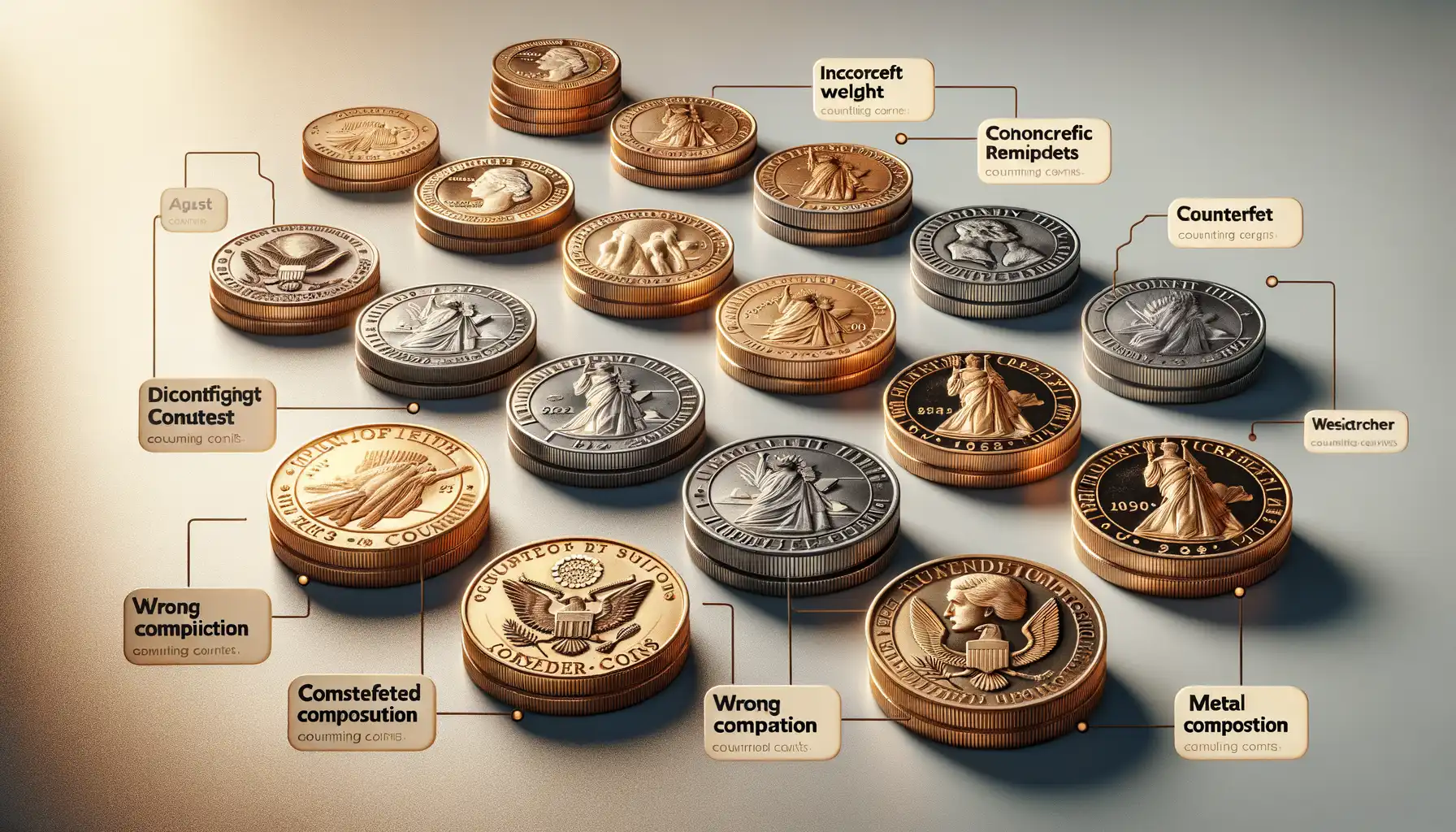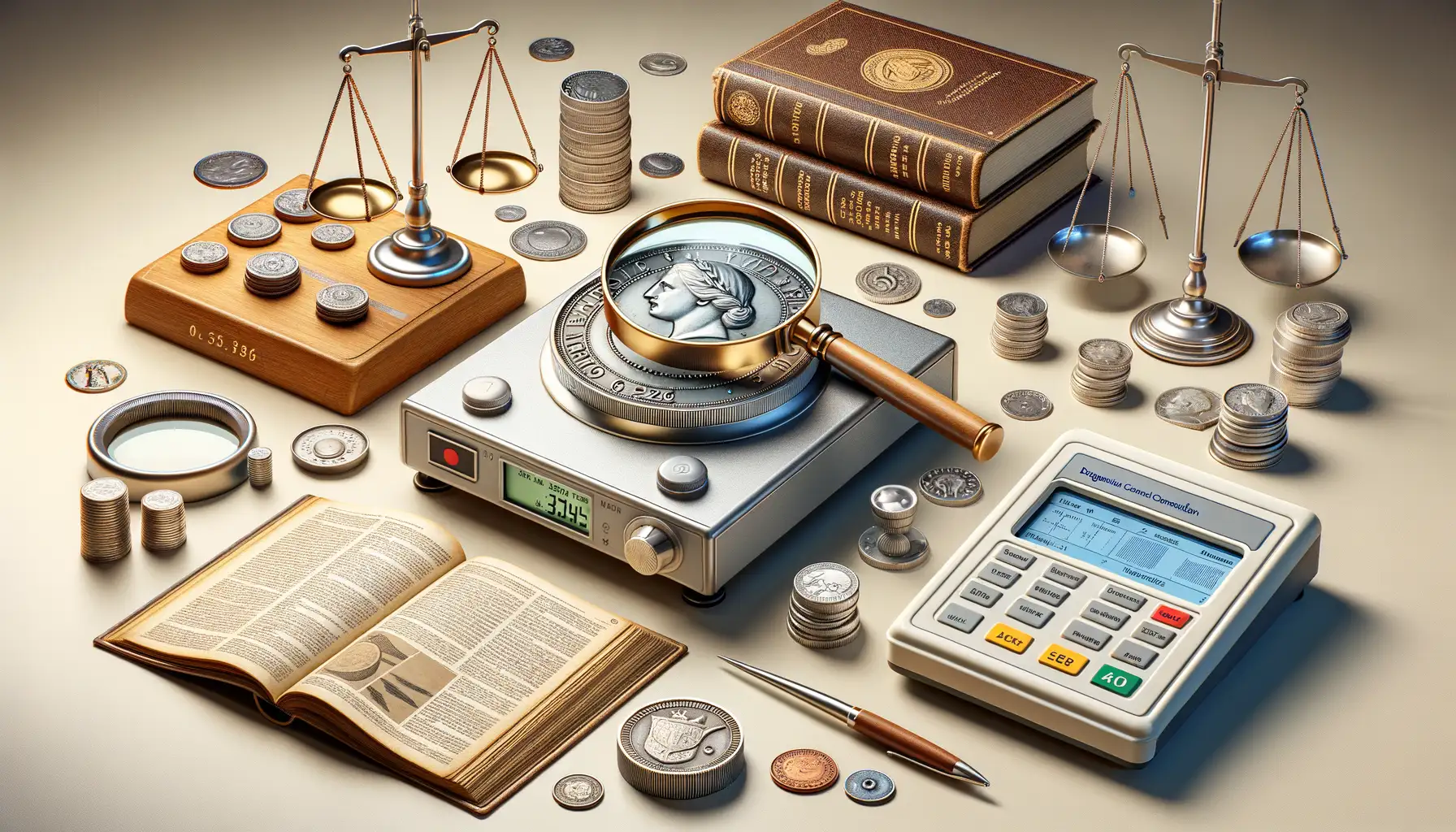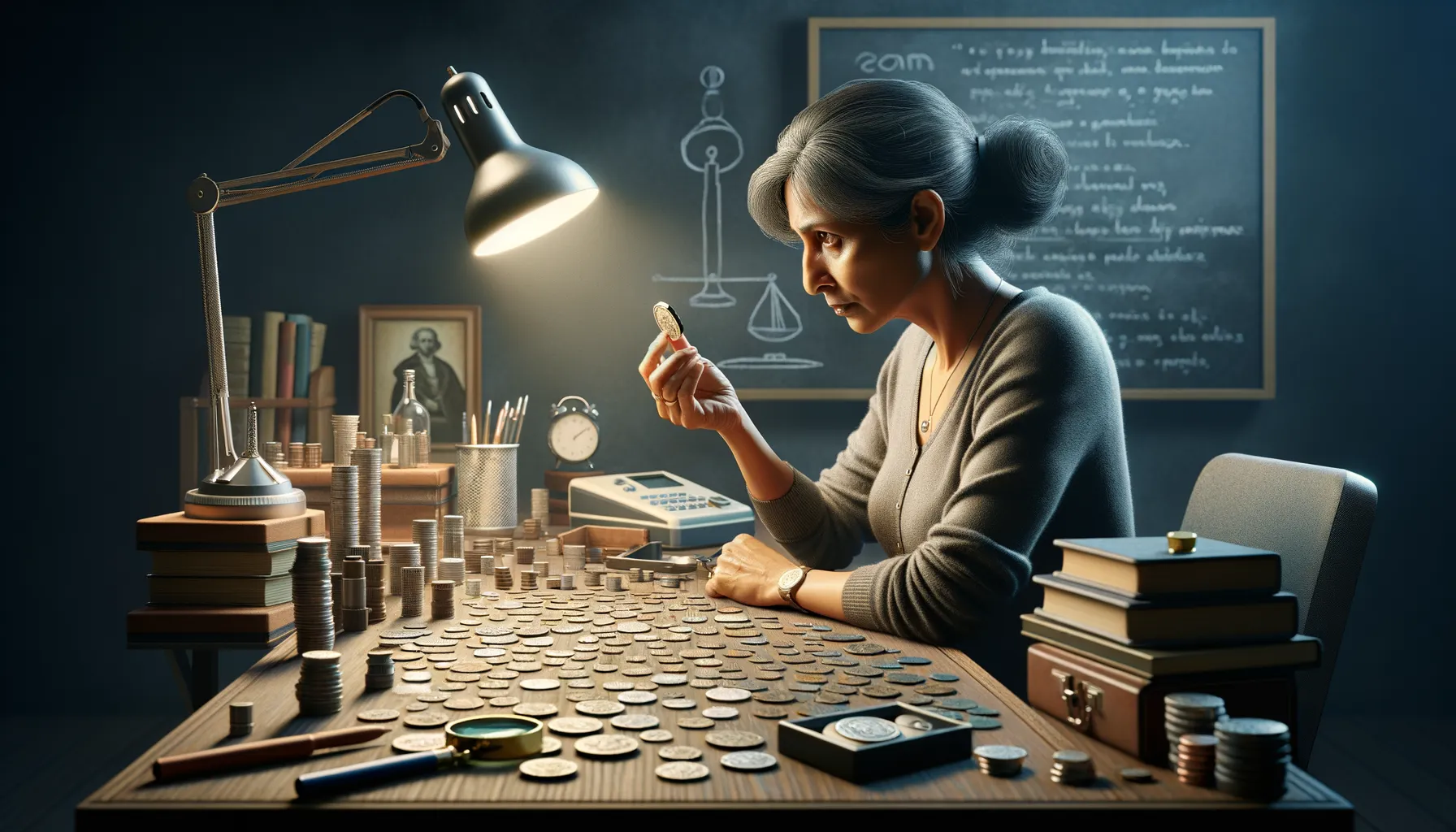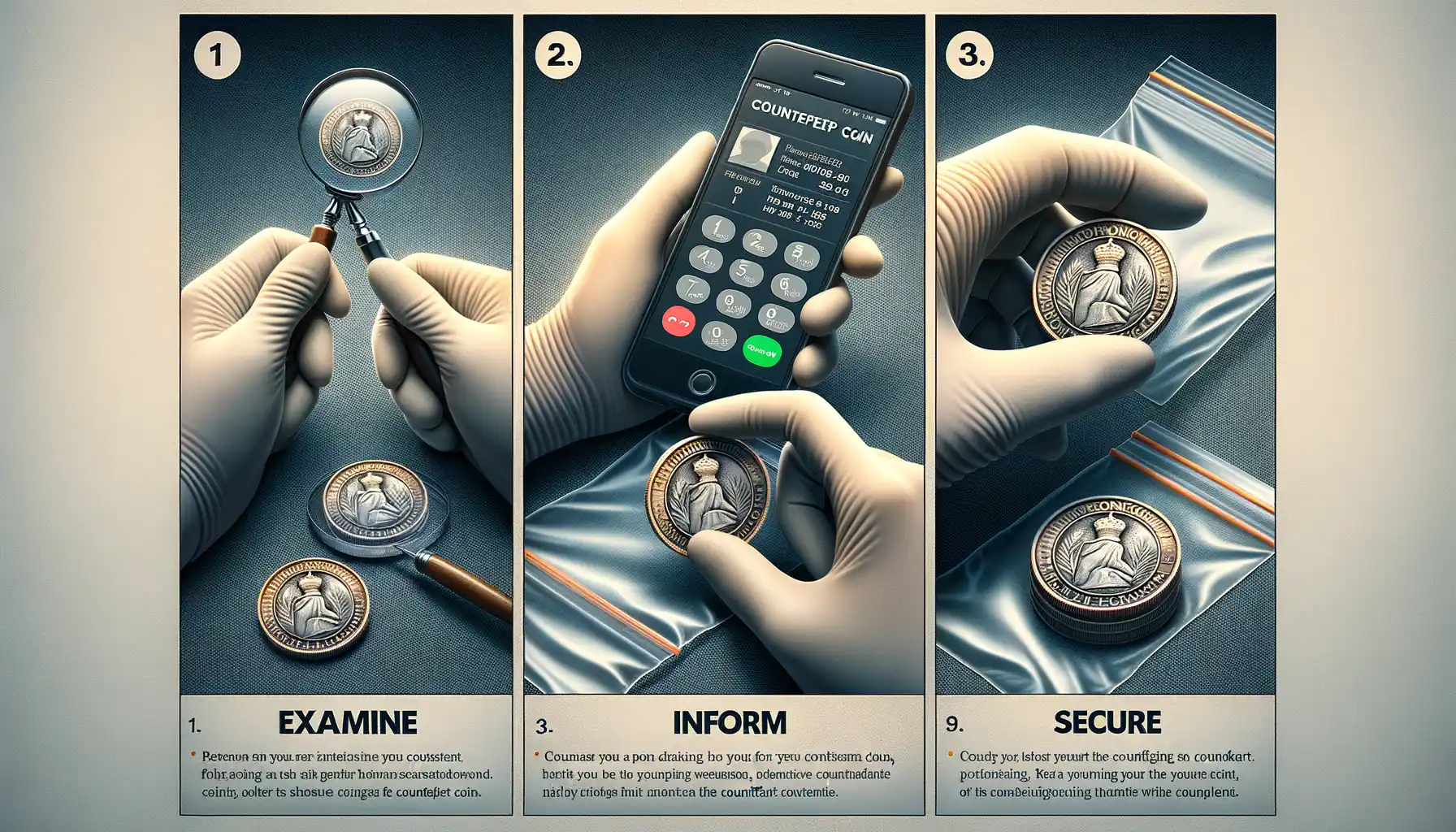Understanding the Characteristics of Authentic Coins
Spotting the Unique “Soul” of Genuine Coins
Every authentic coin has its own story to tell, almost like a fingerprint from another time. What makes them so special? It’s all in the details. First, take a good look at the design precision. Genuine coins boast intricately detailed engravings—every line, curve, and symbol feels intentional. Counterfeits, on the other hand, often appear rushed, with blurry or uneven details.
Another tell-tale sign is the metal composition. Authentic coins often have a distinctive weight, sound, and even touch. For example, a vintage silver dollar should feel cool and dense in your palm, whereas many fakes might feel oddly “off” in weight or texture.
- Check the edges: Real coins exhibit consistent, clean ridges, while forgeries may reveal irregularities or rough spots.
- Observe aging: Older coins should display natural wear, not stark discoloration or fake patinas.
Coins are like little pieces of history, and authenticity shines through when you know where to look. Trust your instincts, but let the details confirm the truth.
Common Signs of Counterfeit Coins

Physical Red Flags to Watch Out For
A counterfeit coin might try to pass off as the real deal, but its flaws often shout louder than it thinks. Start with the basics: how does it feel in your hand? Authentic coins carry a certain heft; they’re solid, not flimsy. If it feels suspiciously light or just “off,” you could be holding a fake.
Take a close look at its surface. Does it seem too perfect, like someone desperately tried to erase its life story? Authentic coins wear their age proudly: subtle patinas, natural scratches, and smooth edges. Counterfeits, on the other hand, may have artificial aging, sloppy details, or mismatched fonts on inscriptions.
- Sharp but uneven edges that don’t match mint standards.
- Blurred details—especially on faces, crests, or fine text.
- Odd coloring or overly shiny surfaces that scream “I’m new!”
The Sound and Magnetism Test
Here’s a trick worth knowing: the sound of a genuine coin ringing against another is distinct and clear. A fake coin? It’s dull. And don’t overlook magnetism! Most legit coins aren’t magnetic. If that “silver coin” sticks to a magnet, it’s definitely faking its pedigree.
Tools and Techniques for Verifying Coin Authenticity

Essential Gadgets Every Coin Collector Should Have
When it comes to verifying the authenticity of coins, having the right tools can make you feel like a treasure hunter armed with a powerful map. Let’s talk about the essentials that should grace every collector’s arsenal:
- Magnifying Glass or Loupe: A good loupe (10x magnification is ideal) can uncover those tiny, telltale imperfections or signs of wear that counterfeiters often can’t replicate perfectly.
- Digital Scale: Coins have precise weights. Even the most convincing fake will often be a tad too heavy or light. Think of it as your personal lie detector for metal.
- Caliper: Measure the diameter and thickness of your coin to millimeter precision. Just one small deviation can unravel the story behind a fake.
Techniques That Feel Almost Magical
Ever heard of the “ping” test? Gently balance a coin on your fingertip and tap it lightly with another coin. Authentic coins—especially those made of precious metals—produce a clear, ringing sound, like a bell. Fakes? They’re more like a dull thud.
Then there’s the magnet test. Coins made of non-magnetic metals won’t stick to a magnet—but counterfeits, often containing magnetic alloys, will. It’s simple, quick, and oddly satisfying!
And here’s a pro tip: do not underestimate lighting. Shine a flashlight at an angle on the coin’s surface. Authentic coins reveal fine, intricate details that catch the light beautifully, while fakes tend to look flat or uneven in their shine.
Expert Tips for Spotting Fake Coins

Look Closely: The Devil Is in the Details
Sometimes, spotting a fake coin feels like solving a thrilling mystery. To uncover the truth, pay close attention to the coin’s intricate details. Real coins are like little works of art—crisp and precise, even under magnification. A counterfeit, on the other hand, often stumbles here with smudged designs or uneven edges.
Take a moment to study the lettering. Are the letters sharp and evenly spaced? Genuine coins usually display immaculate craftsmanship, while fake ones might have sloppy font work or misaligned text. If it feels even slightly “off,” trust your gut and dig deeper.
And don’t forget the sound test! Tap the coin gently on a hard surface; authentic coins produce a clear, ringing tone, whereas some fakes sound dull or flat, like a bad note in an orchestra.
Hands-On Tricks Every Collector Should Know
Handling a coin can reveal its secrets. Use these tips to outwit any would-be fraudster:
- Weight matters: Counterfeit coins often feel too light or too heavy. Use a scale for precise measurements.
- Magnet test: Real gold and silver coins aren’t magnetic. If it sticks to a magnet, toss it aside!
What To Do If You Identify a Counterfeit Coin

Stay Calm and Assess the Situation
Discovering a counterfeit coin in your collection can feel like finding a crack in your favorite coffee mug—unexpected and frustrating. But don’t let panic take over! First, take a deep breath and put the coin aside to evaluate it thoroughly without bias. Look back at the features that raised your suspicions. Was it the weight? The lettering? Perhaps the metal just didn’t feel right under your fingertips? This is your moment to channel your inner detective.
Steps to Take When You Confirm It’s a Fake
Once you’re convinced the coin is a counterfeit, here’s what you should do next:
- Don’t attempt to sell it. Whether knowingly or unknowingly, selling a fake coin can have legal repercussions and damage your reputation as a collector.
- Report the counterfeit. Depending on where you live, notify an organization like the Secret Service or your local law enforcement. Counterfeiting isn’t just a collector’s issue—it’s a crime with ripple effects!
- Label and store it separately. Keep the fake coin in a clearly marked bag or envelope to prevent future confusion. Consider keeping it as a learning tool for spotting fakes more easily in the future.
Remember, even the most seasoned collectors stumble across counterfeits. It’s not a failure—it’s a valuable lesson hidden in the guise of deception!